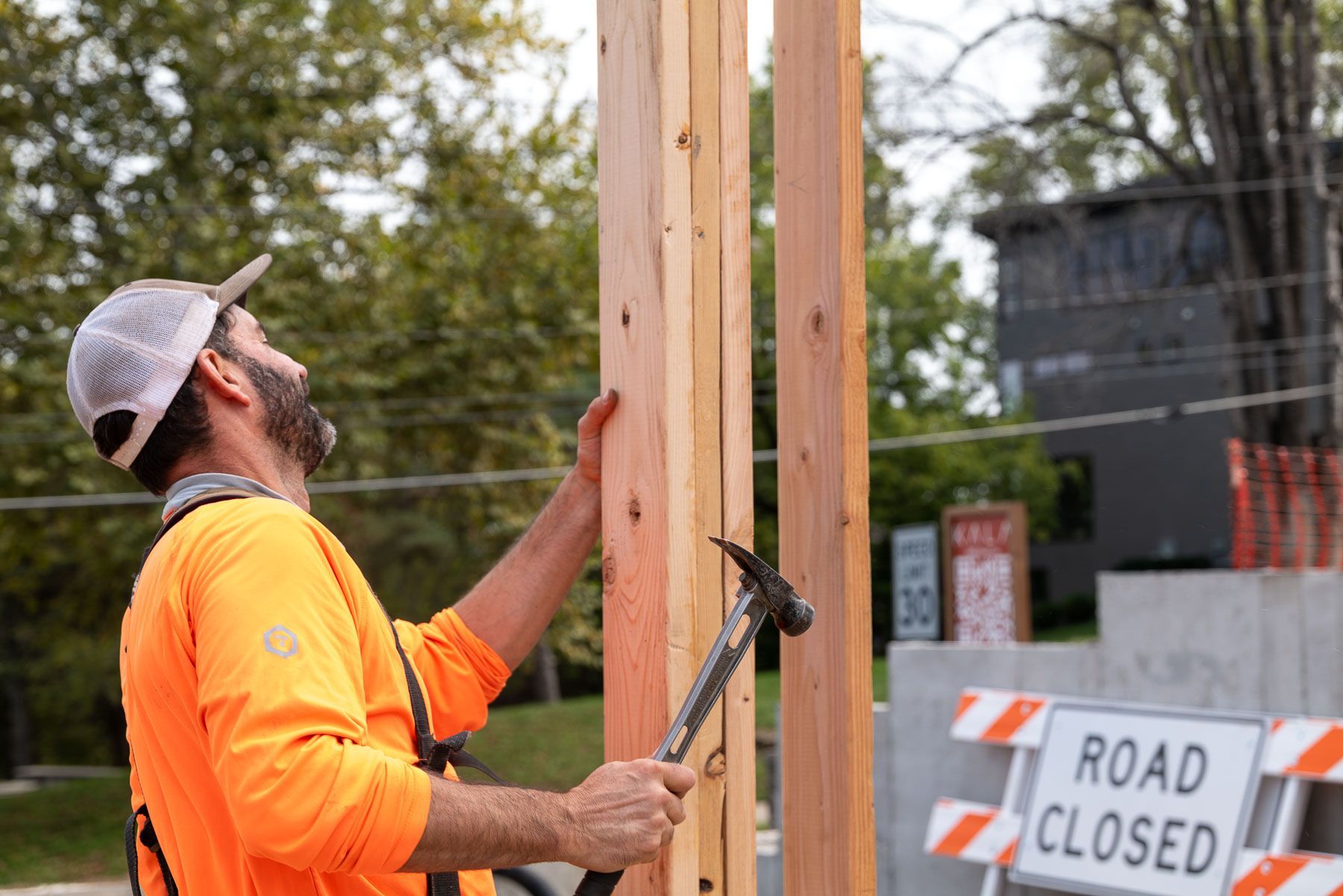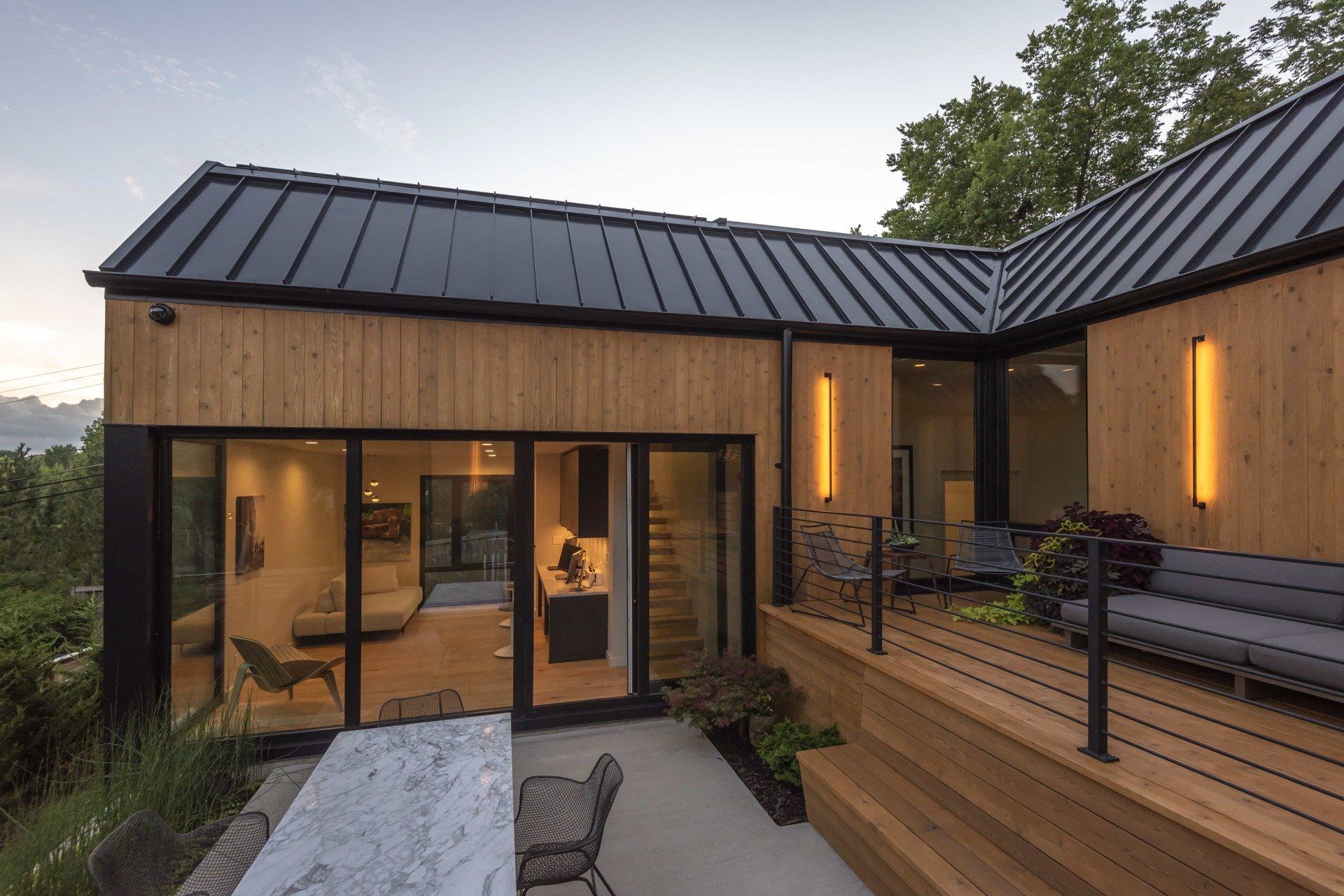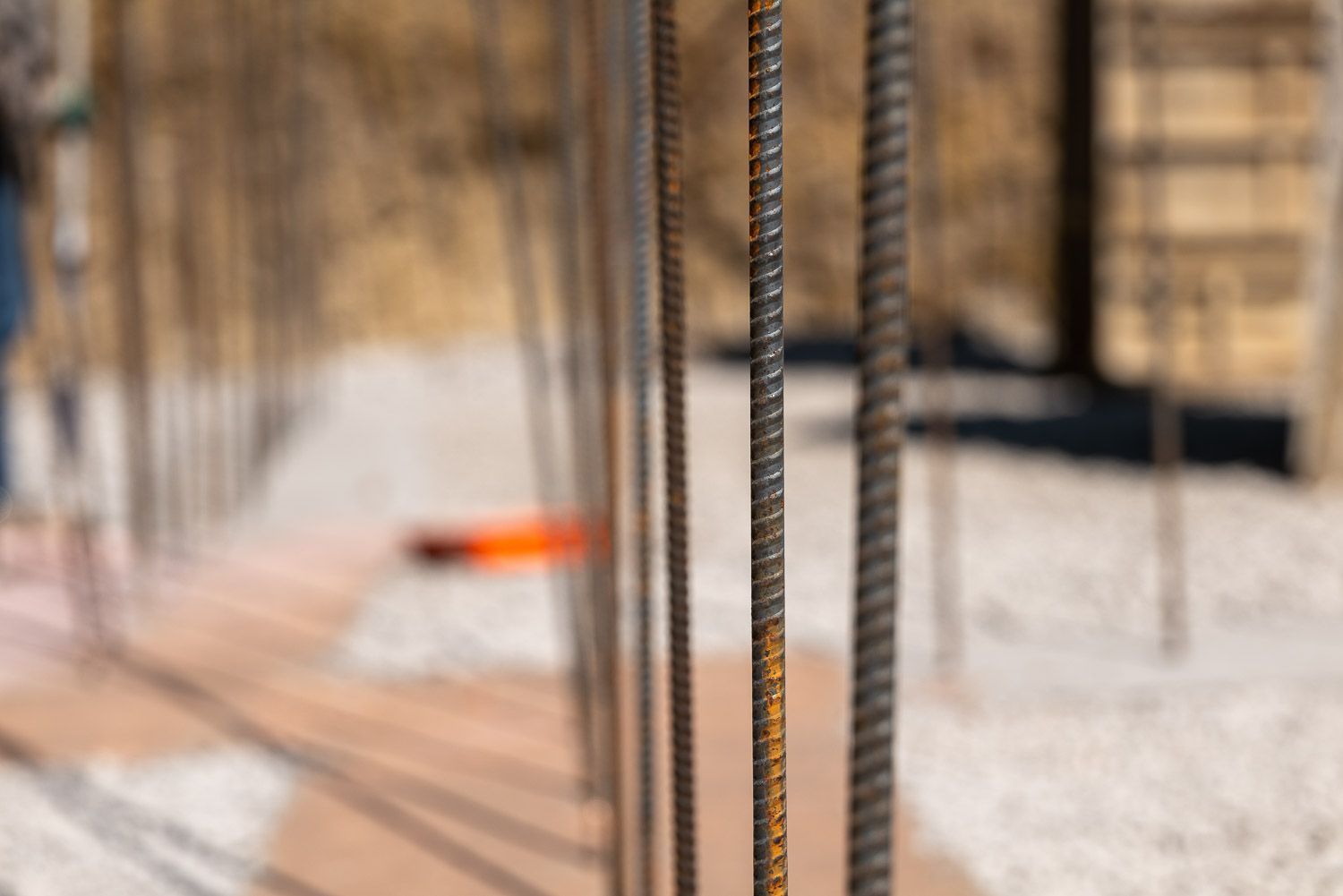The Powerful Impact of a High Performance Home
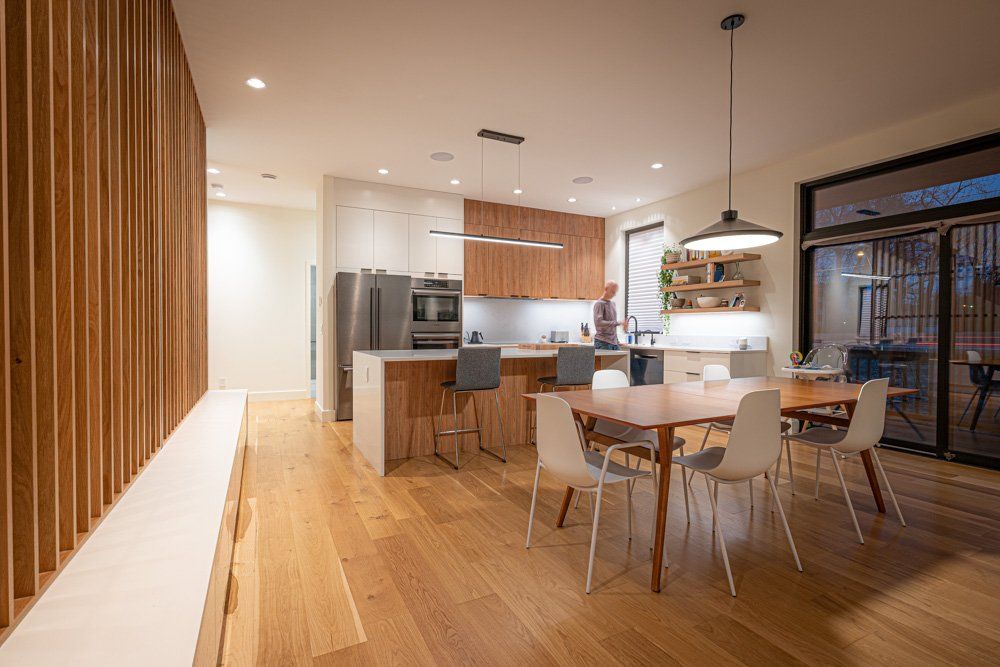
Operational vs Embodied Carbon
TLDR: Living in a high-performance home is the most impactful thing you can personally do to create a positive impact on the planet’s health and is more substantial than many realize.
Global climate science is constantly gathering additional data and refining it into more meaningful insight. Recently Architecture2030 compiled data from the International Energy Agency and Statista that helps clarify the impact of lowering the operational carbon footprint of the built environment.
The salient point is that the built environment accounts for approximately 42% of global carbon emissions and is broken into three categories - 1) infrastructure such as road, dams, bridges, etc., 2) the process of constructing buildings, and, 3) operating buildings over time. Infrastructure and building construction are estimated to account for 7.3% and 7.7% respectively of global emissions. This estimated 15% of global carbon emissions is due in large part to concrete, steel, aluminum used in construction, and all the energy expended to construct infrastructure and buildings.
The elephant in the room, or climate as it were, is building operations which account for 27.3% of global emissions through lighting, heating, and cooling. It is noteworthy that this actually exceeds the carbon footprint of the transportation sector by a wide margin and is statistically equivalent to industrial production as a source of CO2 emissions.
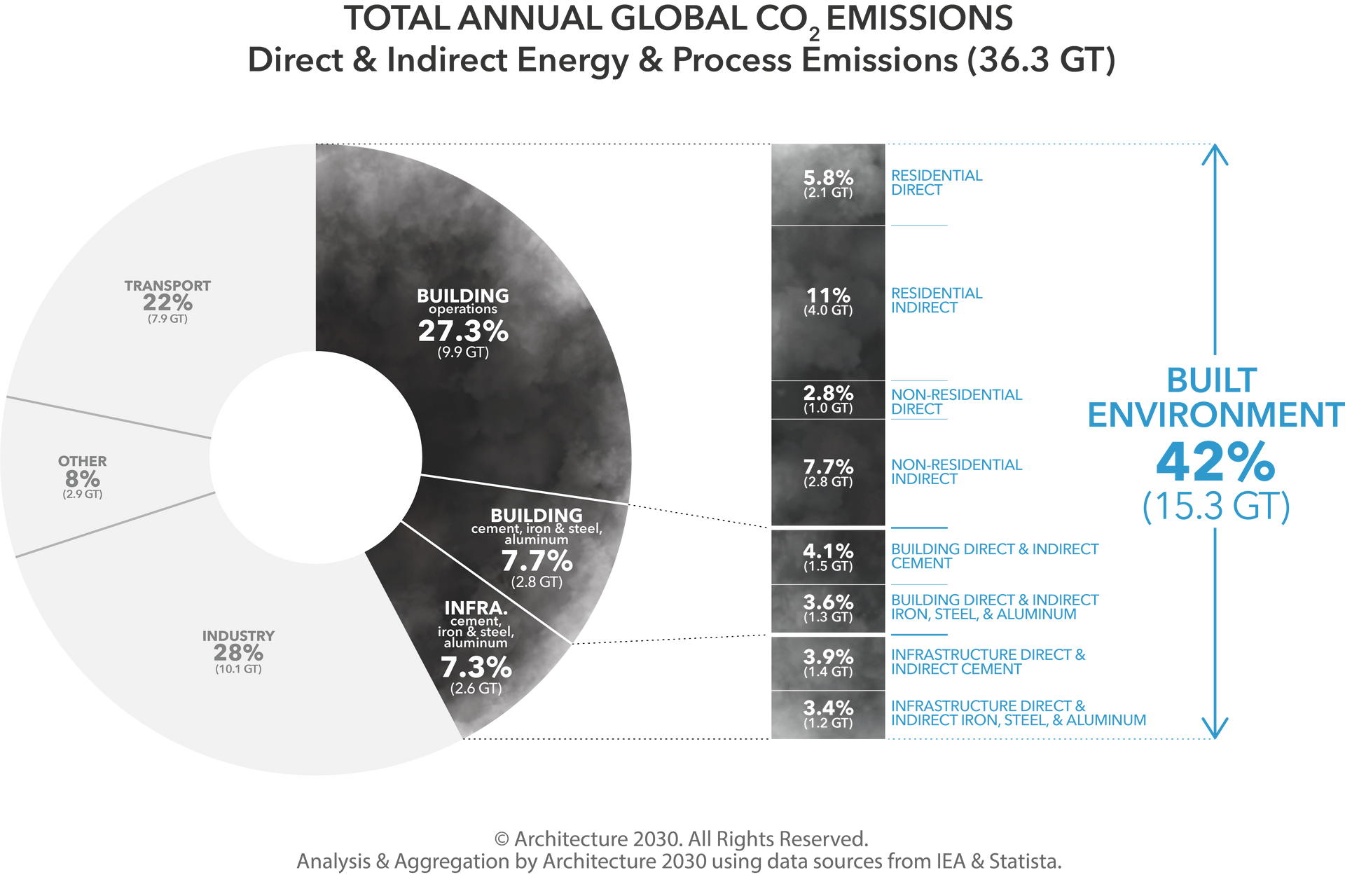
So why does a Kala house matter?
First, a typical Kala building reduces the energy needs for heating, cooling, hot water, and lighting by up to 80%. Savings show up immediately in the form of lower energy costs which accumulate over the life of the building, and grow as energy costs rise. After all, the cheapest energy is the energy you don’t use and never have to pay for. What is also important to note is that 80% reduction is on the most carbon intensive component of the overall CO2 emission mix.
Second, because the water, thermal, air, and vapor control layers protect the structure from decay, a Kala building costs a fraction to maintain and lasts 2-3 times longer than a code-compliant structure, pushing the need to incur additional embodied carbon debt out by decades if not longer. This reduces the embodied energy GWP of a building site by up to 50% simply by ensuring a structure is durable.
In short, a Kala building impacts operational and embodied carbon by as much as 80% and 50% respectively. Combined with the superior comfort and health benefits that come from living or working in a Kala building, it is hard to justify building any other way.
We encourage you to explore
architecture2030 to learn more about how your decision to build a high-performance Kala building can impact your well-being and the environment. And, of course, we would love to speak with you about how affordable it can be to do it.

